The impact of PBoC’s RRR cut on the market was rather muted today. Or actually, it’s done it job of preventing more serious selloff in the stock markets. Shanghai SSE’s -3.72% loss today is rather reasonable considering the selloff in other Asian markets last week. Anyway, AUD/USD was rather unmoved and the overall technical outlook is unchanged. That is, the down trend from 0.8135 is in progress for a test on 0.6826 key support level.
As the volatility risk is now past, we’d reinstate our strategy discussed in the week report. That is, we’ll sell AUD/USD at 0.7100, slightly above 0.7096 minor resistance. Stop will be placed at 0.7185, slightly above 50% retracement of 0.7314 to 0.7040 at 0.7178. 0.6826 is the first target, which gives risk/reward at 1/3.22. We’ll decide if we’ll get out earlier, or hold through the target, after looking at the momentum of the next fall.




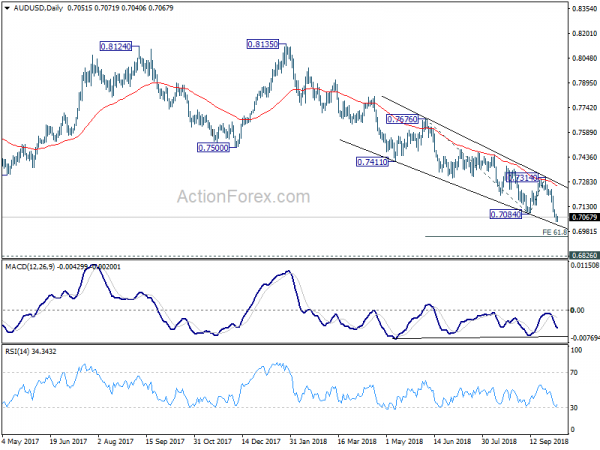
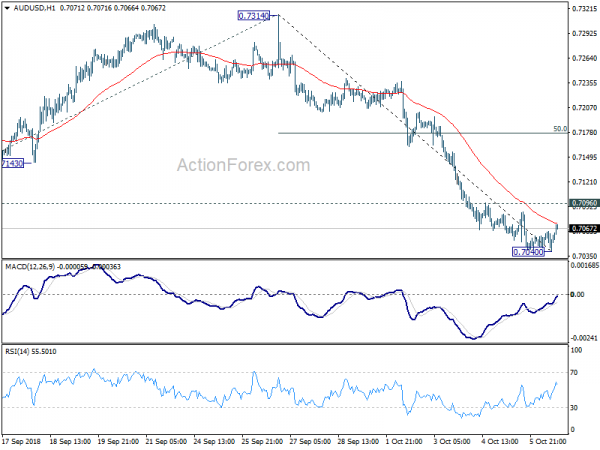
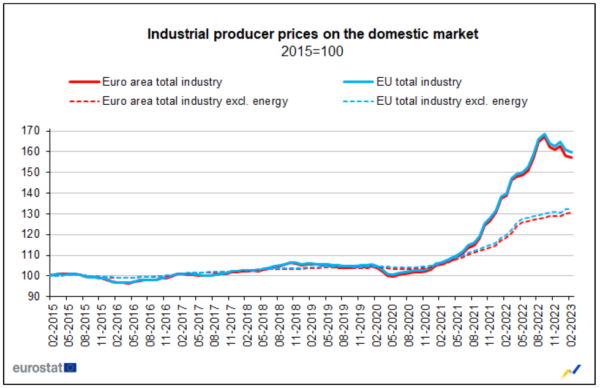
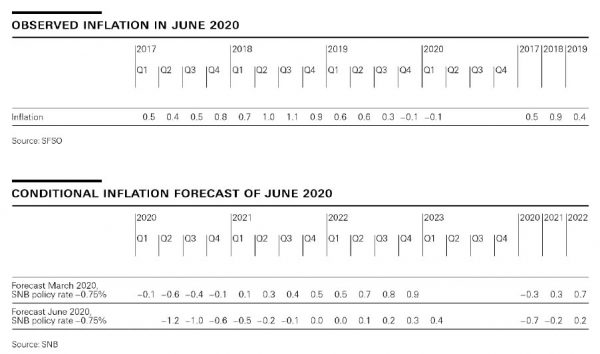
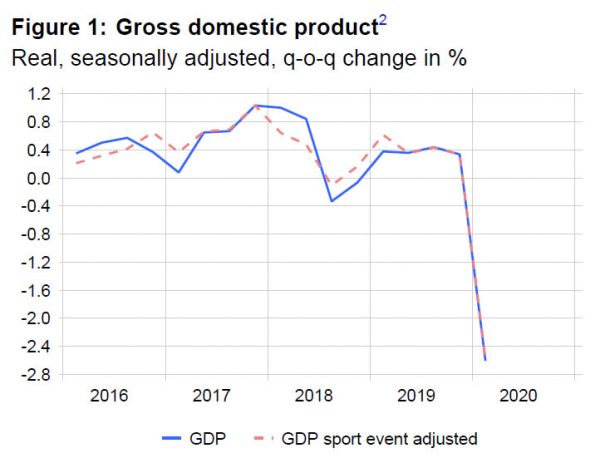
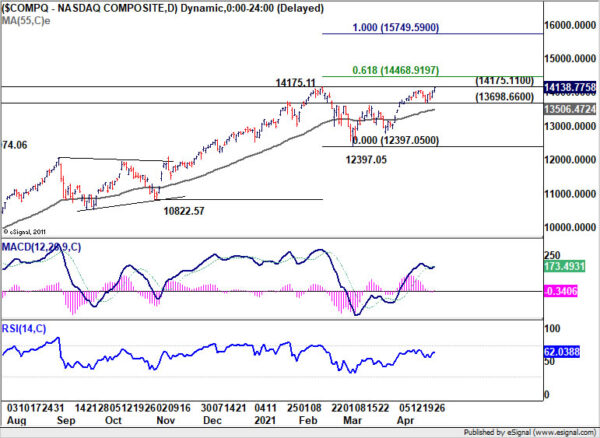
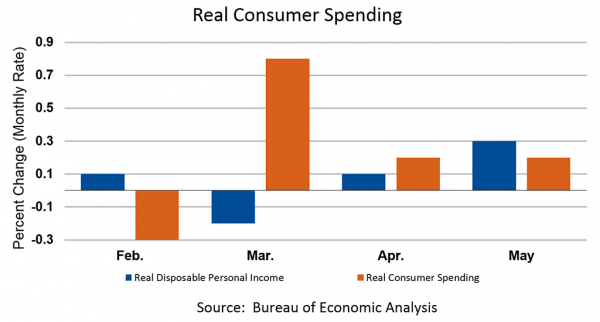
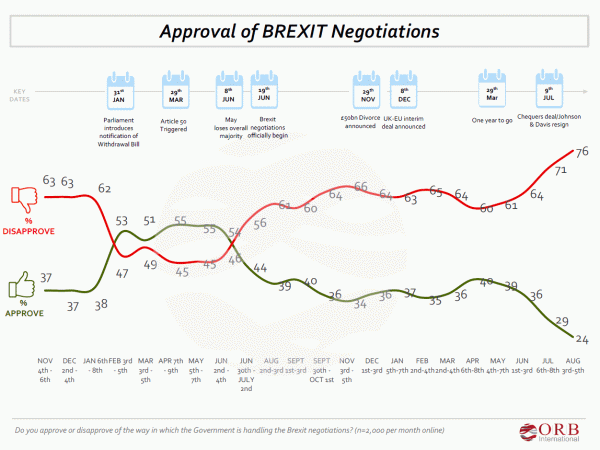
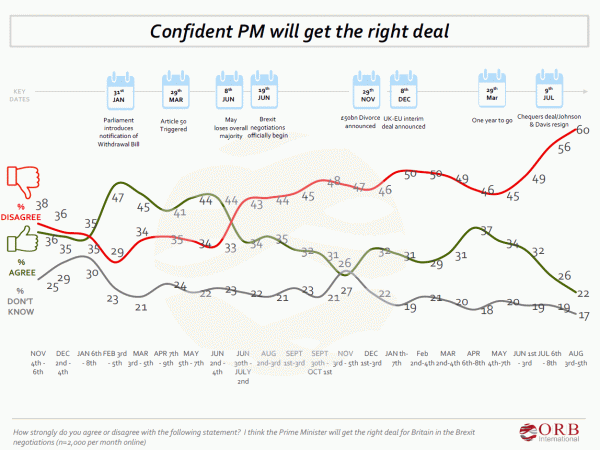
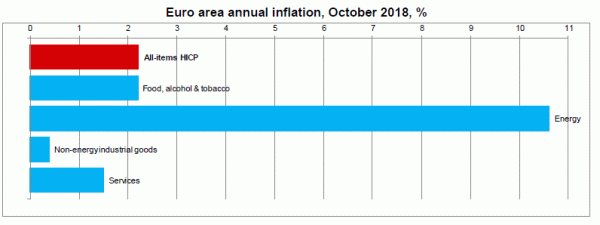
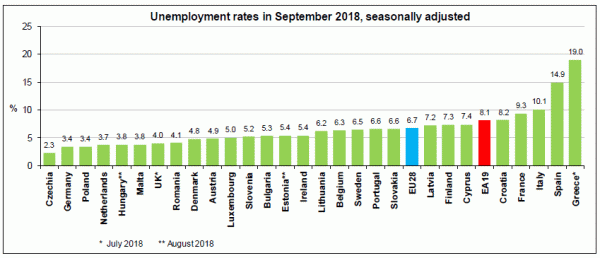
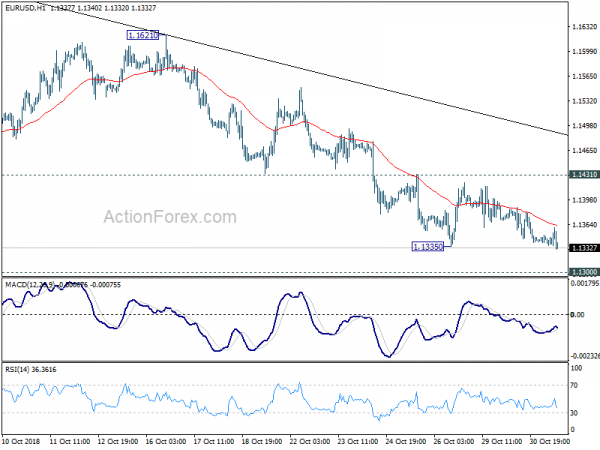
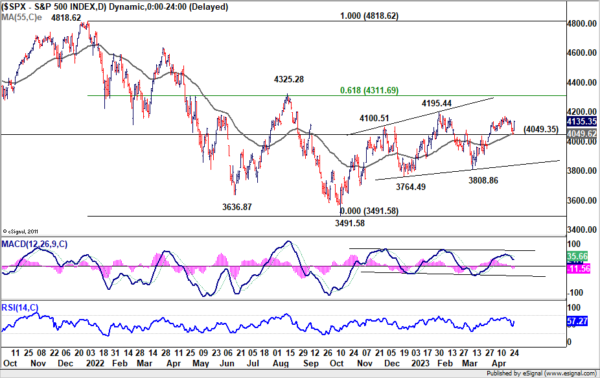
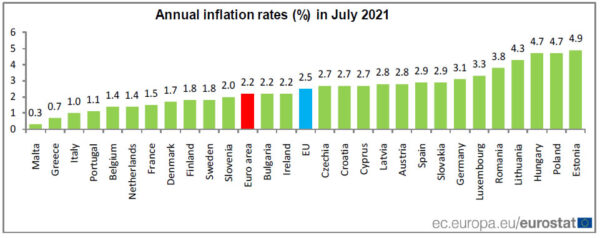
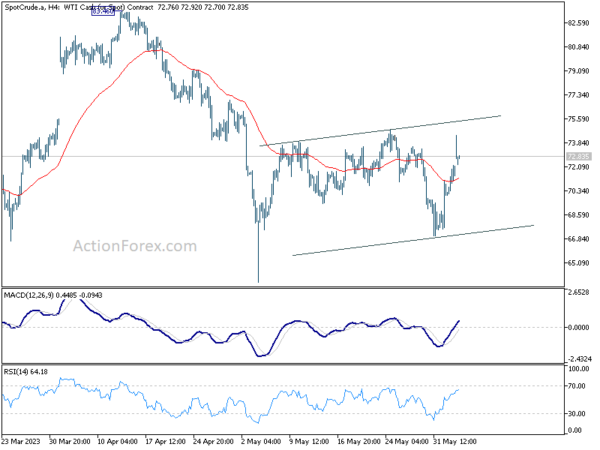
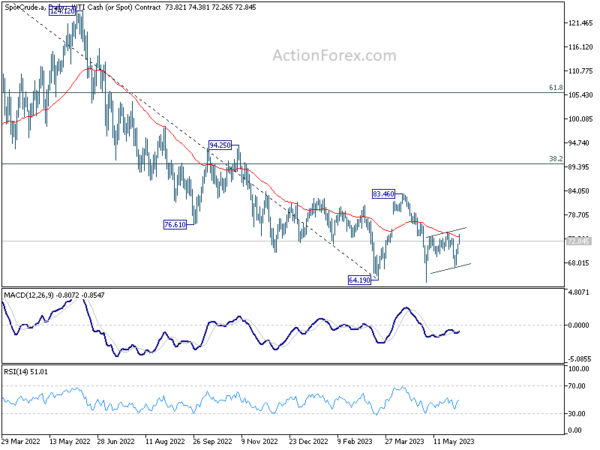
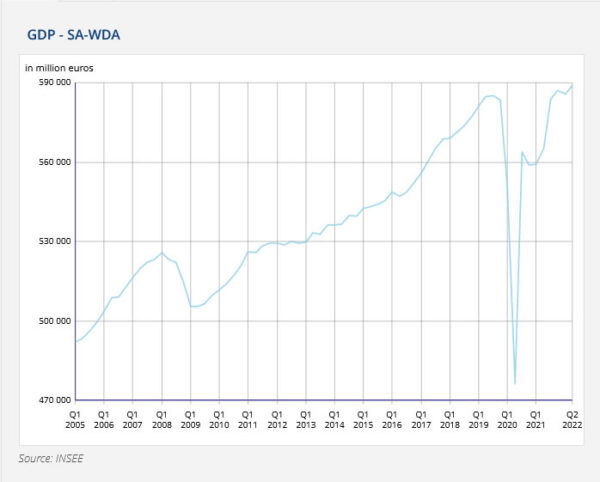

New Zealand good imports jumped 25% yoy on petroleum, imports rose 7.7% yoy
New Zealand goods exports rose 7.7% yoy to NZD 6.4B in June. Goods imports rose 25.0% yoy to NZD 7.1B. Trade balance came in at NZD -701m deficit, versus expectation of NZD 204m surplus.
“Petroleum and products imports rose $795 million to reach a new high of $1.2 billion,” Stats NZ. “This rise lead the sharp increase in total imports for the month compared with June 2021.”
US leads monthly export rise, up 22%. Exports to EU were up 28% and Japan up 24%. Exports to China were down -6% and to Australia down -12%.
Import form all top partners rose, with China up 12%, EU up 11%, Australia up 6%, US up 30%, and Japan up 4.1%.
Full release here.